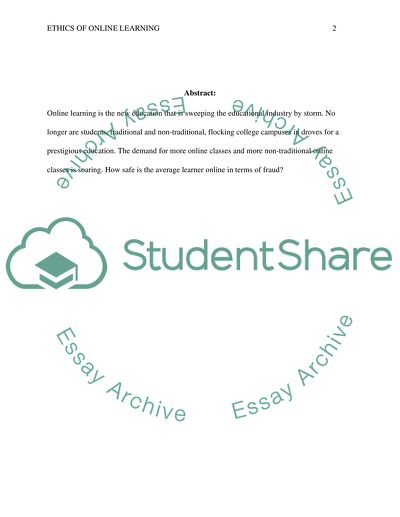Cite this document
(“Ethics of Online Learning with Pros & Cons Research Paper”, n.d.)
Retrieved from https://studentshare.org/education/1482457-ethics-of-online-learning-with-pros-cons
Retrieved from https://studentshare.org/education/1482457-ethics-of-online-learning-with-pros-cons
(Ethics of Online Learning With Pros & Cons Research Paper)
https://studentshare.org/education/1482457-ethics-of-online-learning-with-pros-cons.
https://studentshare.org/education/1482457-ethics-of-online-learning-with-pros-cons.
“Ethics of Online Learning With Pros & Cons Research Paper”, n.d. https://studentshare.org/education/1482457-ethics-of-online-learning-with-pros-cons.


